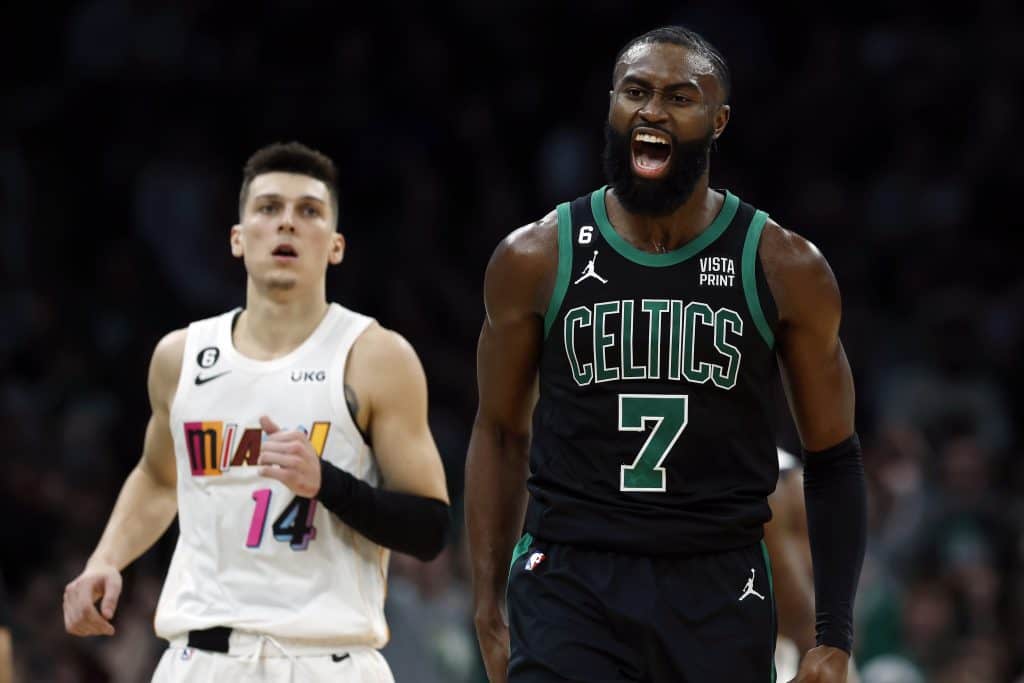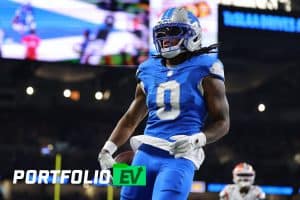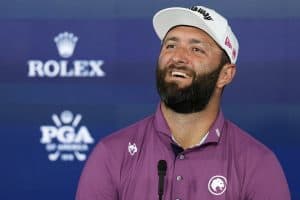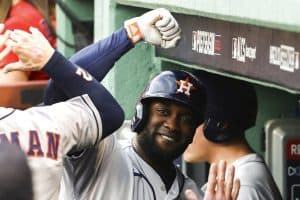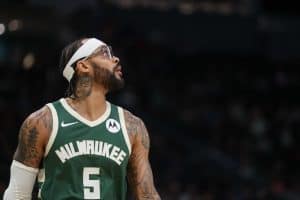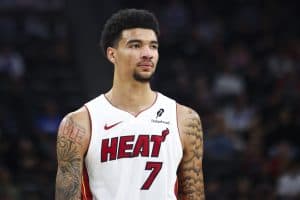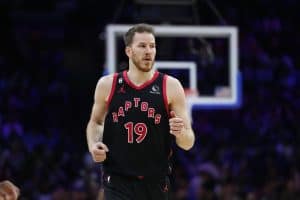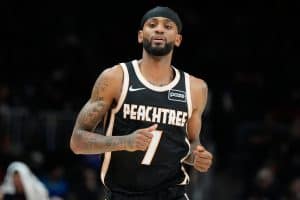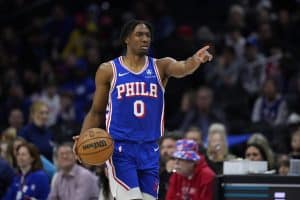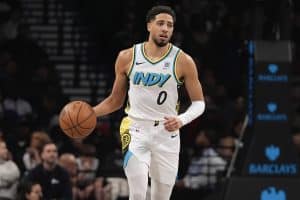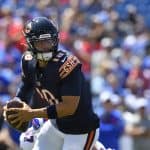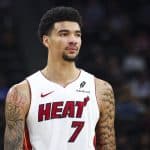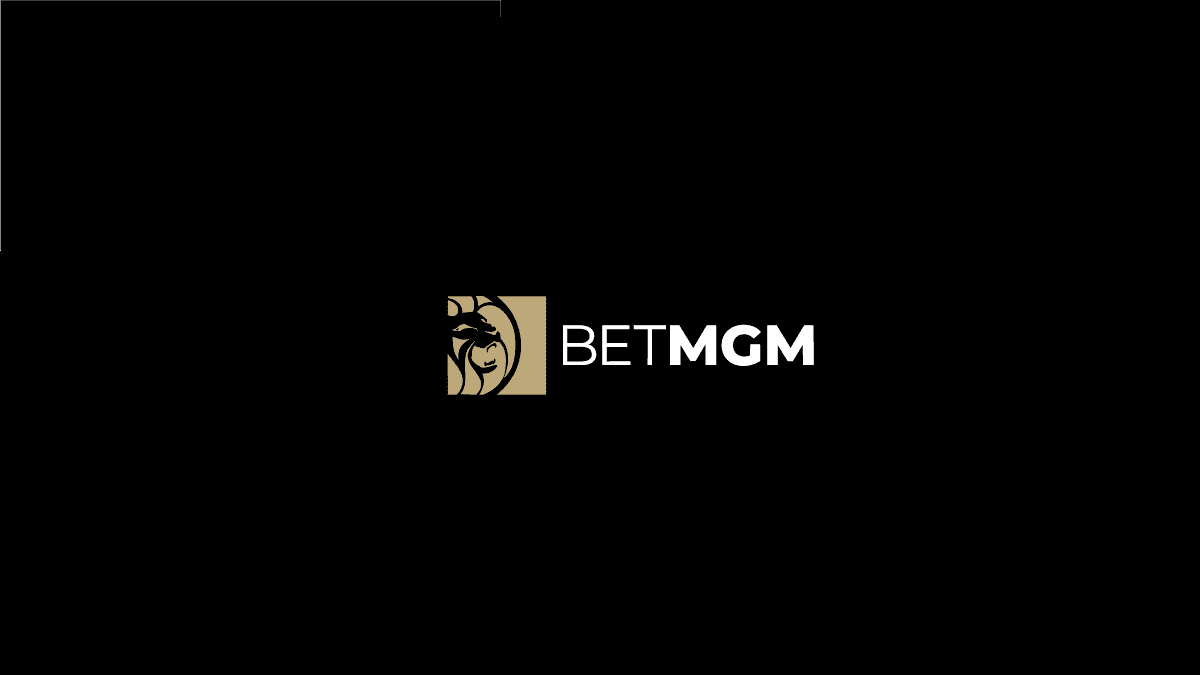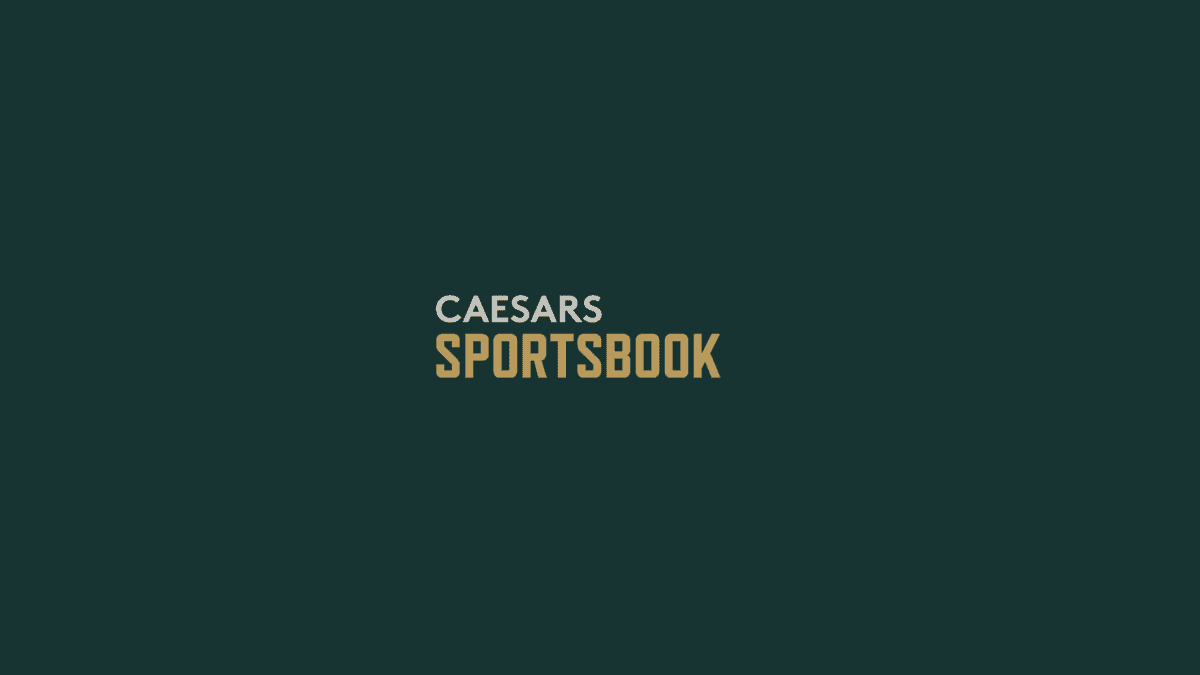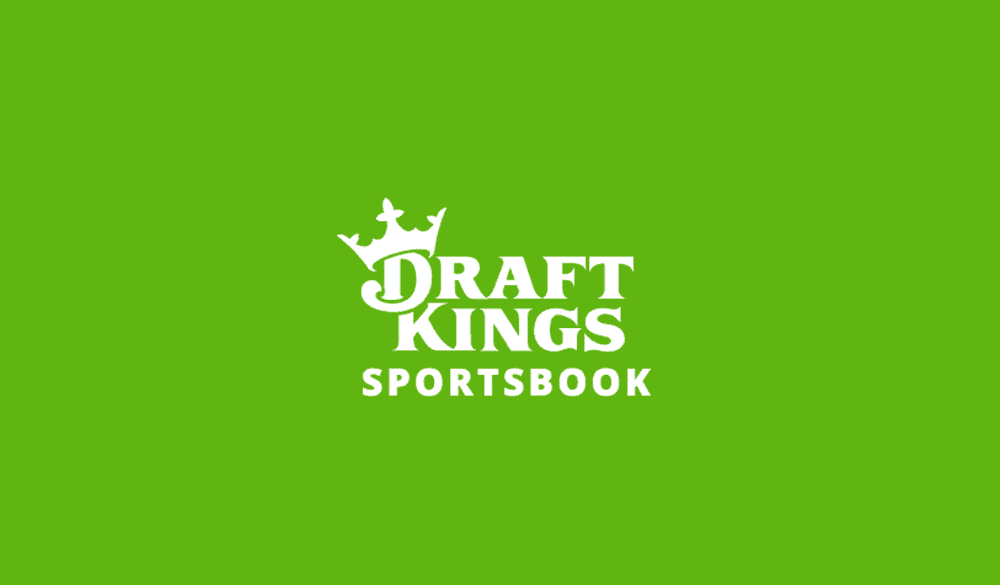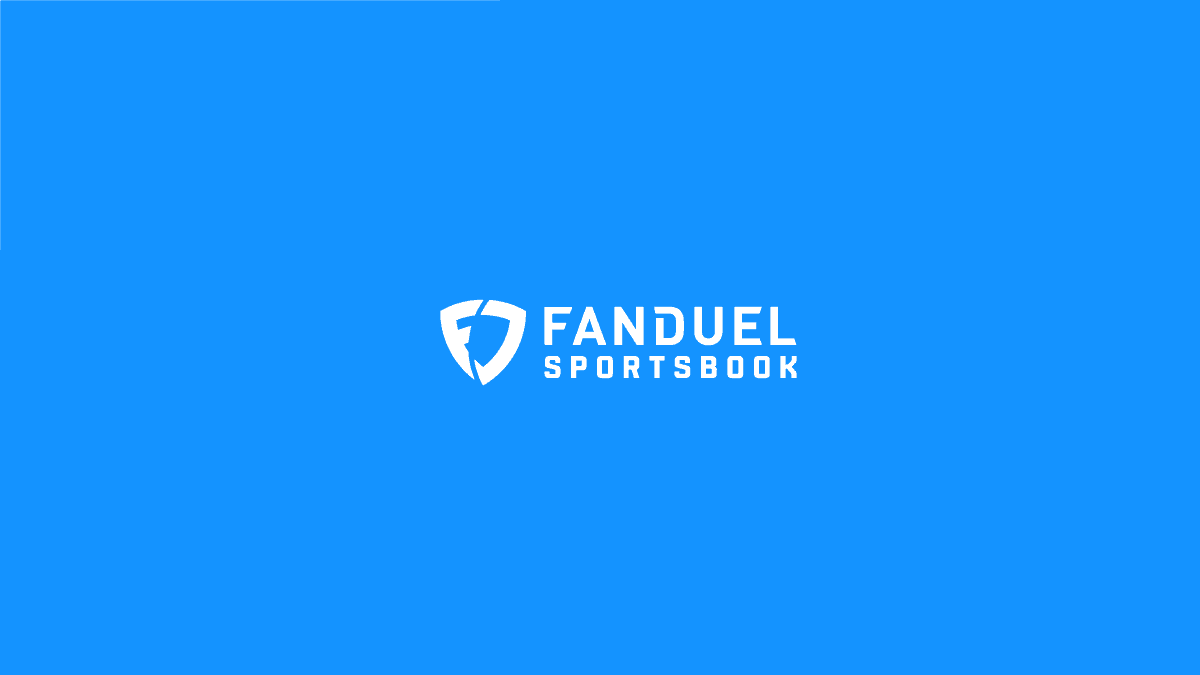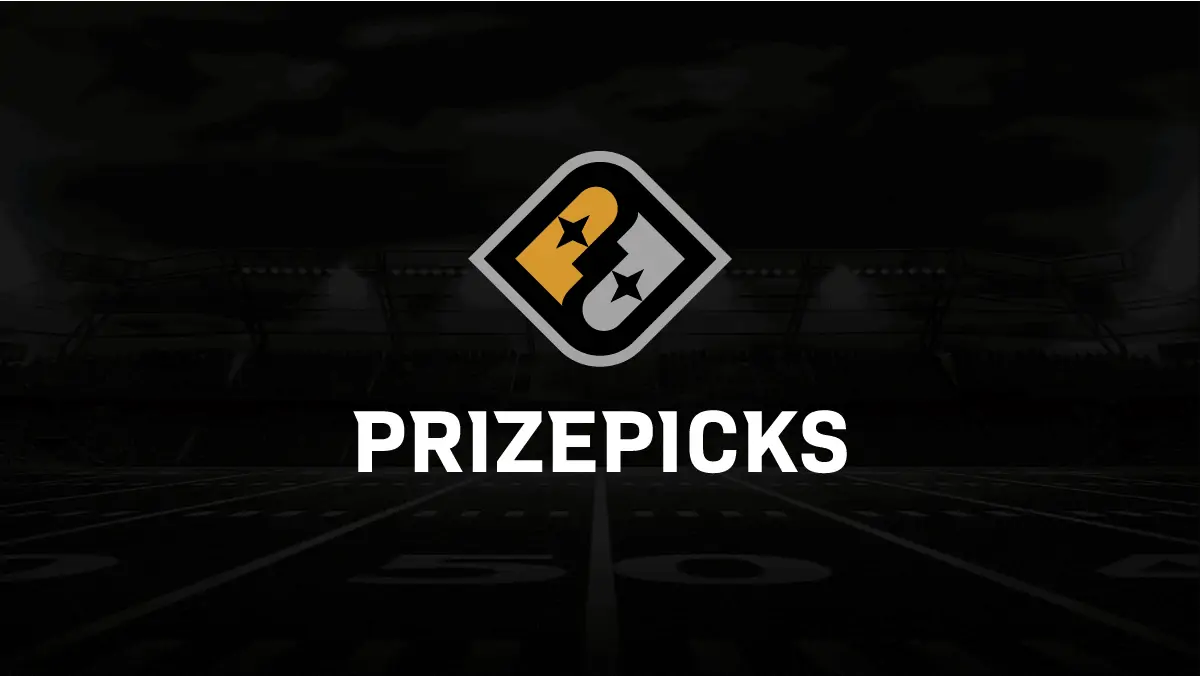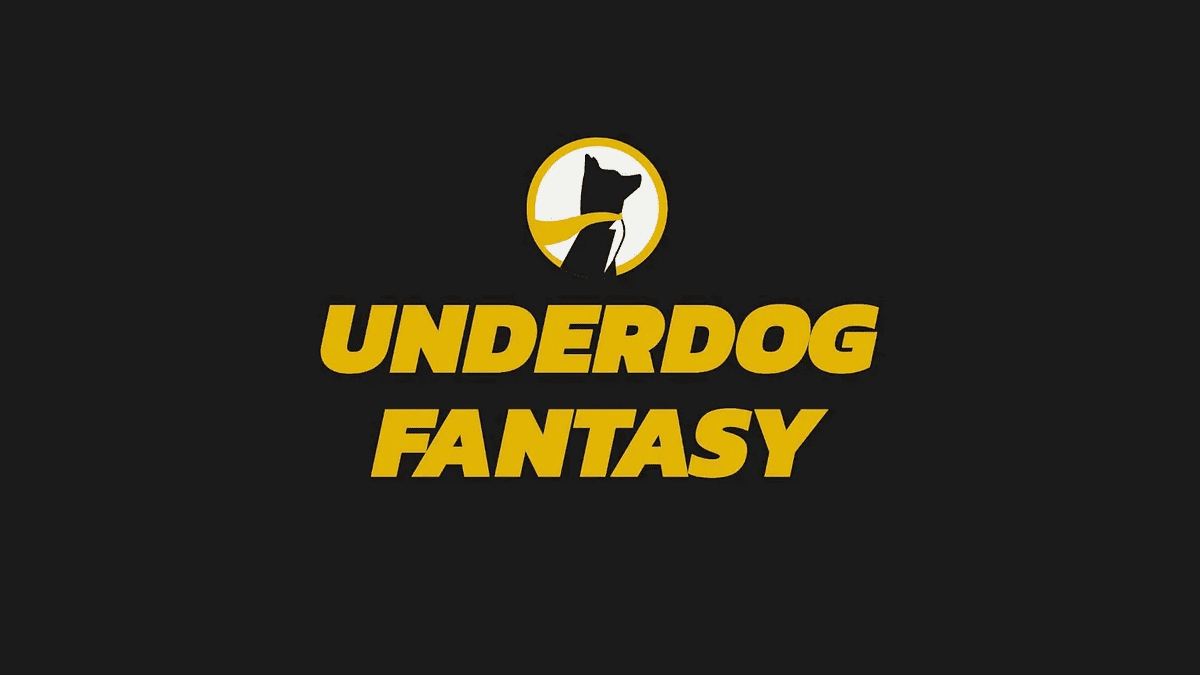Each installment of Isaiah’s Methods & Opinions (IMO) is brought to you by No House Advantage, a cutting-edge daily fantasy site that allows users to risk little and win big in over 30 states. Bet VS. THE HOUSE to win up to 21x your money or play in PICK’EM CONTESTS against other users! New players can secure up to a $100 deposit match by registering with No House Advantage today! This week’s column will focus on using matchup data in NBA player prop betting.
After an exciting Divisional Round in the NFL, it’s time for yet another installment of Isaiah’s Methods & Opinions (IMO)! Twice each week, I’ll be here to break down the betting trends and sports news that will give you an edge on the sportsbooks. As alluded to last week, we’ll focus on one of the keys to successful NBA player prop betting: matchups. We’ll then apply those methods to identify a few soft spots to exploit this week and later in the season.
No sports bettor can hit every bet, but the key to profitable sports gambling is to develop a successful process — or method — for identifying sharp wagers. It’s the application of sharp opinions to that method that separates the wheat from the chaff in the sports gambling world. If your priors are wrong, you’ll end up sweating more bets than you must.
This column will help bettors develop sharp methods and come to well-informed opinions.
The legal gambling age is 21+ in most states. Gambling Problem? Call or text 1-800-GAMBLER.
Isaiah’s Methods: Spotting Good Matchups for NBA Player Props | Sponsored by No House Advantage
Those who have played regular or daily fantasy sports (DFS) certainly know the value of matchups — especially in football. You probably don’t want to start a quarterback against a defense that ranks top-five in points allowed to the position. The same goes for point guards. But in an increasingly positionless NBA, bettors may struggle to parse out good matchups from bad ones.
Websites like FantasyPros offer free tools that index NBA defenses by counting stats allowed to positions. However, those tools are rooted in statistics pulled from NBA DFS — that means the position assigned to a player by DraftKings or FanDuel can skew results, especially if you filter to the last seven games. Still, NBA DFS sites are relatively accurate with their position assignments, especially over a sample as large as a quarter of the NBA season, so the tool offers plenty of value.
But not every player at a given position has the same game — just because a team gives up a ton of 3-pointers to centers each game doesn’t mean you should buy Mitchell Robinson to hit one. Likewise, a team may give up a load of points to small forwards but an average number of 3-pointers to the position. That makes a slashing wing like Keldon Johnson a far better bet than a sharpshooting one like Buddy Hield.
Bettors can determine whether a given player will actually have an advantage by comparing where they shoot to where their opponents struggle. Bettors can even start the process of matchup identification by doing so and then running that insight against position-based matchup data. To do so, check out the NBA’s official opponent shooting splits by zone. That tool allows you to identify which teams allow the most shots from the restricted area, mid-range, the corner or above the break. Once you’ve done that, simply swap to the player view and filter by team to see which players on the opposing team shoot well from that part of the floor.
As the NBA season progresses, bettors can turn to a player’s splits to confirm the quality of a matchup. For example, if you are preparing for a given slate and know that the Orlando Magic will face the Boston Celtics for the third or fourth time, you should see if their defense actually struggled against the position in question. While sportsbooks will often (but not always) increase the price for a player relative to their season average if they did well previously, they may not adjust enough — especially if the player in question recorded an outlier showing against that team earlier in the year. Further, they may sometimes overcorrect a number enough to create value on the under — especially if early action comes in to steam it up.
The legal gambling age is 21+ in most states. Gambling Problem? Call or text 1-800-GAMBLER.
Isaiah’s Opinions: Where to Fade the Boston Celtics, Miami Heat & Philadelphia 76ers
I usually try to focus my Opinion sections on one team or player, but I’ll deviate from that to explain how bettors should exploit three of the NBA’s best defenses. The Philadelphia 76ers, Boston Celtics and Miami Heat rank fourth through sixth, respectively, in defensive efficiency. The 76ers and Heat even rank bottom-six in pace. Those factors would usually lead bettors to buy the under on player prop markets — but they shouldn’t always do so.
Let’s start with the best defense of the bunch: the Philadelphia 76ers. Philadelphia has a very specific weakness thanks to Joel Embiid — the team struggles to stop opposing big men on the perimeter. The 76ers have allowed the sixth-most 3-pointers per game to opposing centers (1.1) despite their incredibly slow pace — and despite their defense having allowed the 10th-fewest above-the-break 3s per game (8.6) and the fifth-fewest corner 3s per game (2.6). These struggles aren’t new — Philadelphia gave up the second most 3-pointers to centers last season (1.2).
Few centers are true sharpshooters, but Milwaukee’s Brook Lopez and Washington’s Kristaps Porzingis fit the bill. Lopez has lined up against Embiid and the 76ers twice already this year, while Porzingis has done so once. Lopez shot 4-for-12 from deep in their first meeting and 2-for-5 in their second. Porzingis shot 3-for-5 from deep as well. With Nikola Jokic and the Denver Nuggets coming to town on Saturday, bettors should keep an eye on the odds for the two-time MVP’s 3-point props at No House Advantage.
The Boston Celtics owned the NBA’s best defense last year but have yet to match those highs this year. However, they still rank inside the NBA’s top five for defensive efficiency, and like the 76ers, their main weakness is a specific one: they have surrendered the most mid-range shots per game (6.4) by a full make — and by two more makes than the league median (4.4). Although not many mid-range specialists remain in the NBA, a few do — and they can produce big numbers against Boston.
You can’t talk about mid-range shooting without mentioning Chicago’s DeMar DeRozan, who has led the NBA in mid-range makes and attempts for years. He is averaging an NBA-high 9.5 mid-range attempts per game this year. Brooklyn’s Kevin Durant (7), New Orleans’ Brandon Ingram (5.9) and Atlanta’s Dejounte Murray (5.1) also specialize in mid-range shooting.
How have those four fared against Boston? DeRozan scored a season-high 46 points in their second meeting and is averaging 31.7 points per 36 minutes against them, far above his season average in the metric (26). Durant scored a team-high 31 in his lone start against the Celtics — enough to beat his per-game average (29.1). Ingram scored 25 and beat his per-game average (20.8). Murray scored 19, slightly below his per-game average (21), but will have two more chances to improve on that number this year — make sure to target him at No House Advantage come March and April.
Finally, the Miami Heat. Their sixth-best defense has struggled to defend the wing all year, as they have allowed the sixth-most 3-pointers to both shooting guards and small forwards. While the Heat rank 16th in above-the-break 3s allowed (9) and 14th in 3-point percentage from that part of the floor (35.3%), they have given up the most corner 3s per game (4.3) on the second-highest shooting percentage (42.2%).
Interestingly, high-usage players who slot into that role don’t often cook the Heat. Toronto’s OG Anunoby leads the NBA in corner 3s made per game (1.1) and is averaging 1.9 total 3s per game on 36.4% shooting. He has shot 5-for-12 from deep against Miami (41.6%) across three contests, beating his season average only once.
Where big-name, high-usage wings have failed against the Heat, sharpshooting, low-usage wings have succeeded. Denver’s Kentavious Caldwell-Pope, who averages 0.8 corner 3s and 2.1 total 3s per game on 46.8% shooting, went 4-for-4 from deep against them. Dallas’ Reggie Bullock, who averages 0.9 corner 3s and 1.6 total 3s per game, shot 5-for-6 from deep against them. Even Cleveland’s Cedi Osman, who averages only 0.5 corner 3s and 1.3 total 3s per game, went 4-for-11 from deep. The books may not always offer NBA player props on these lower-volume players, but when they do, it’s usually smart to back them against Miami.
The legal gambling age is 21+ in most states. Gambling Problem? Call or text 1-800-GAMBLER.
